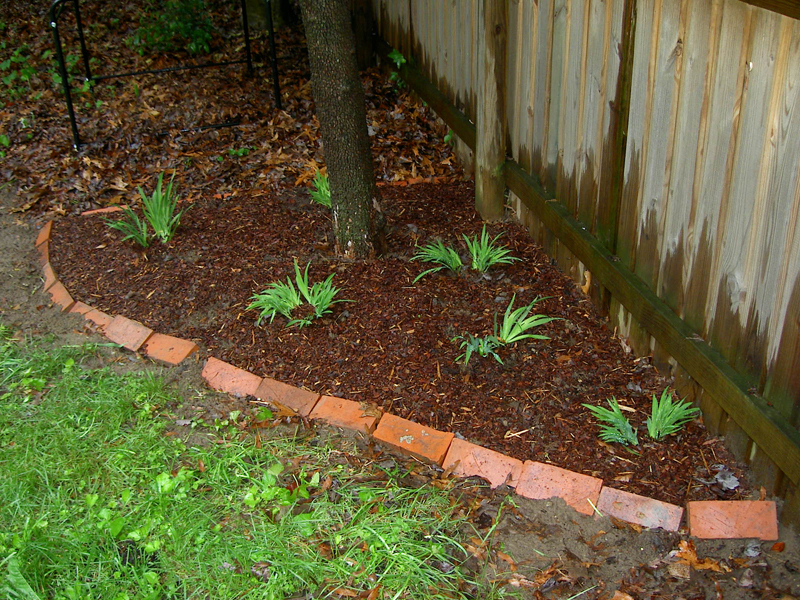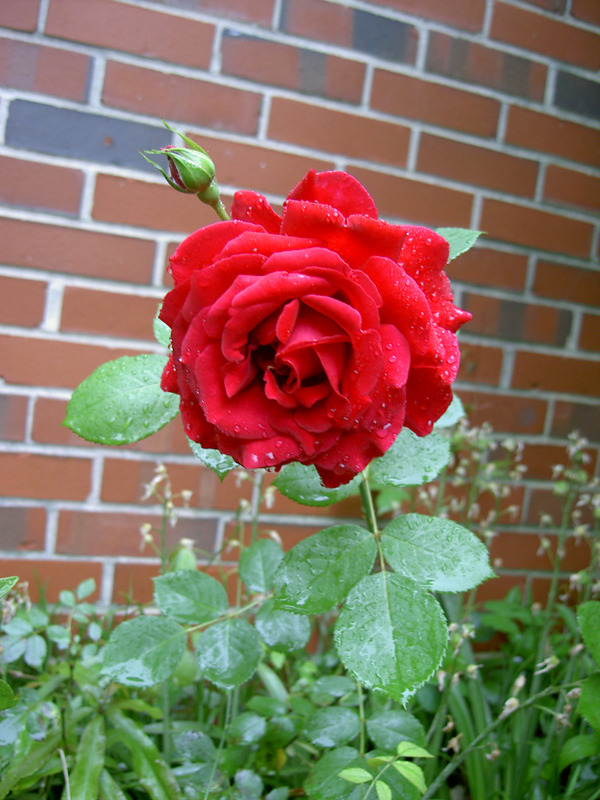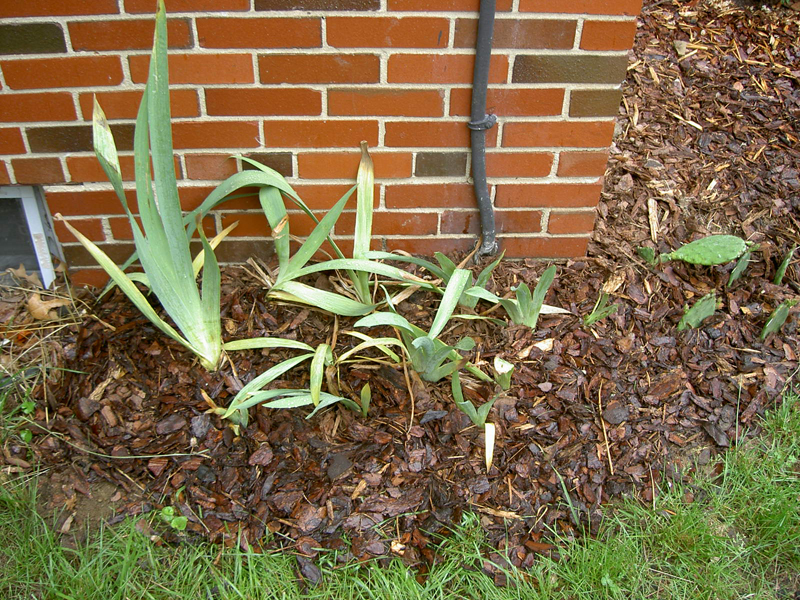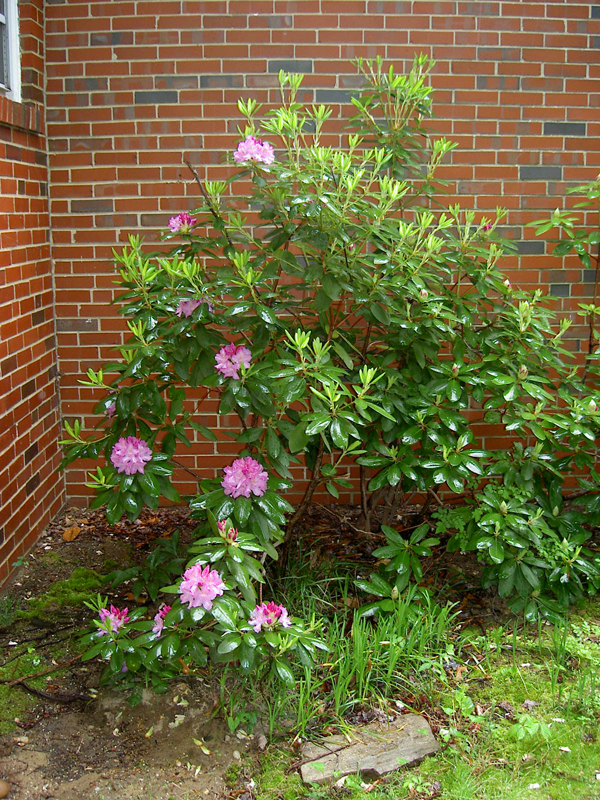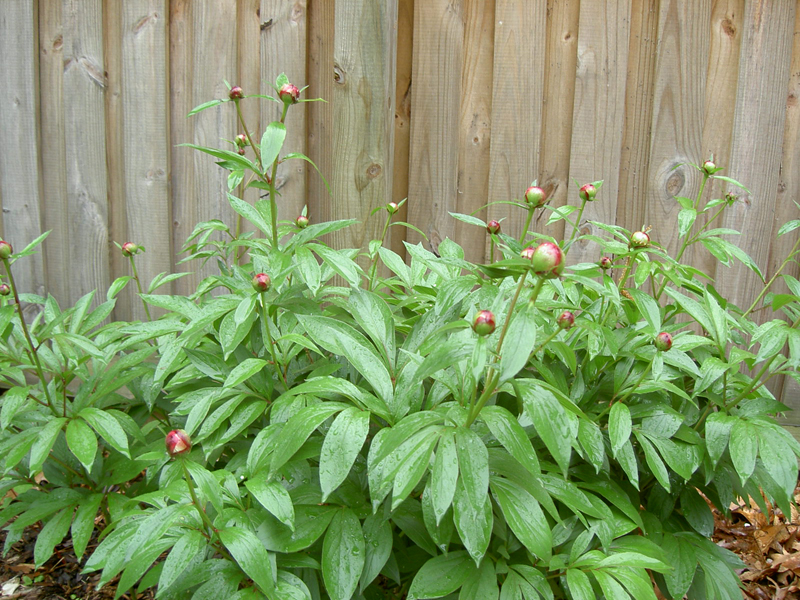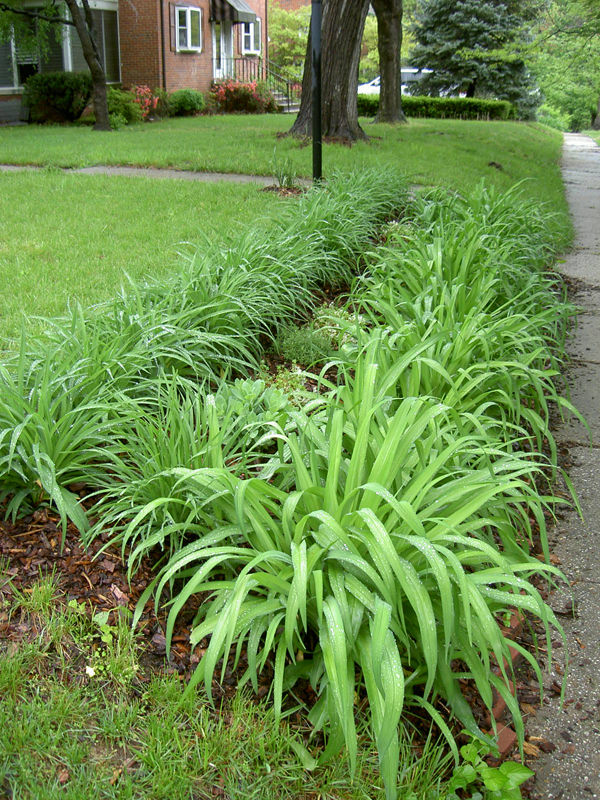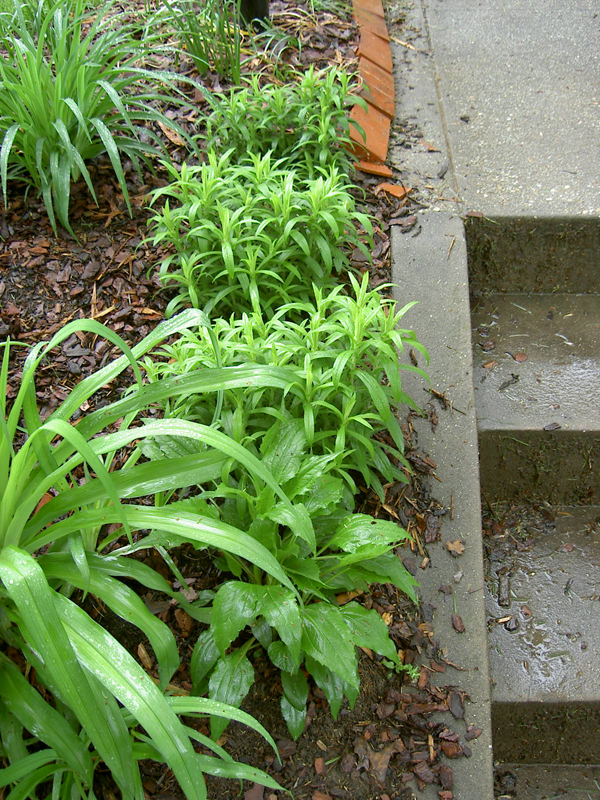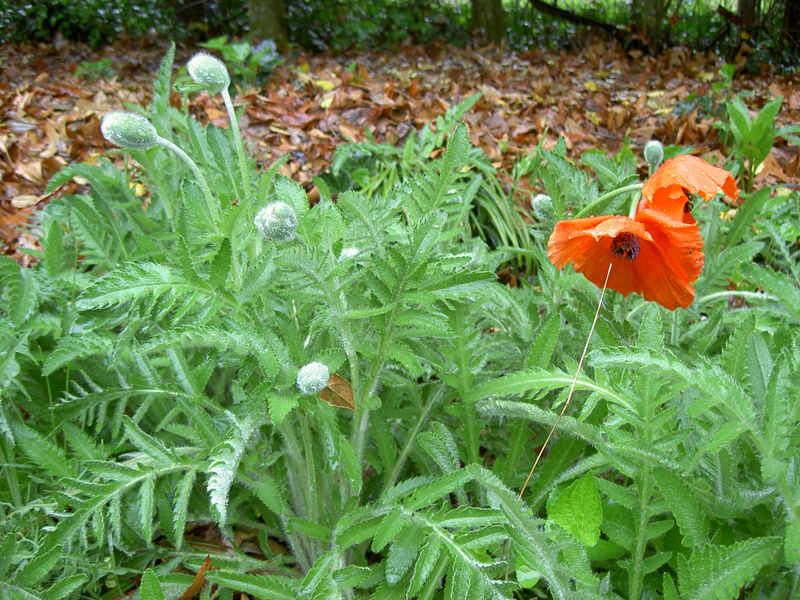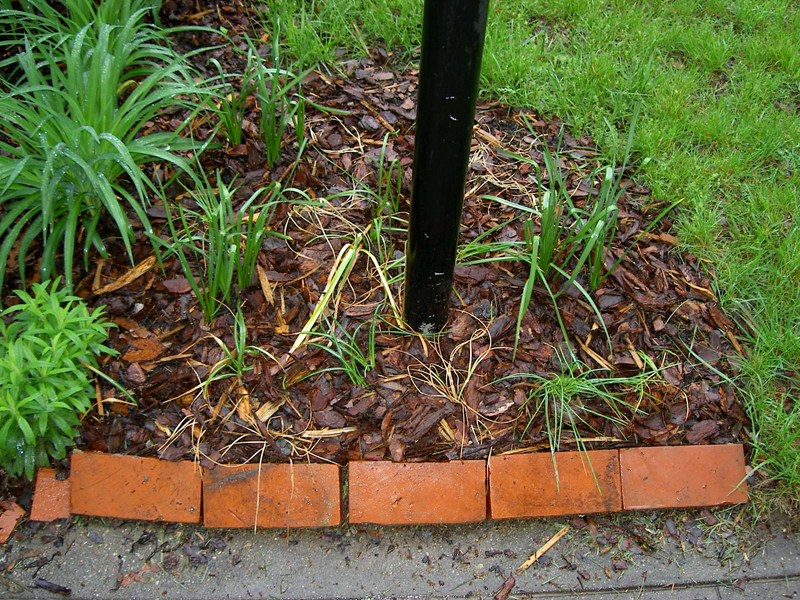This week we got up early on Saturday to travel to Delaware for the Migratory Bird Festival at Bombay Hook. Our goal was to see new shorebirds, and we were successful, even with the high water remaining from last week’s storms. After getting up at 4:30am, we were on the road at 5:20am. This was the first time I’d gotten on the road before dawn in order to see birds, another small milestone in the evolution of my birding hobby. Most organized birding events start at such ungodly hours, so I expect I’ll be doing more of that in the future. The first time around, though, I was grateful to not have to drive myself or interact with strangers before my morning coffee.
The drive was mostly uneventful; the weather was clear and we made good time. On the Bay Bridge I made the mistake of looking out at the water with binoculars: I’ve never gotten nauseous so quickly in my entire life. The remaining hour drive with the windows down restored me mostly to normal, but I now understand the warnings about going on pelagic birding tours. At the refuge we doused ourselves from head to toe in DEET and gathered outside the visitors’ center for our boat ride through the salt marsh (the reason we’d planned to arrive so early). The ride was fun, although it didn’t yield as many bird sightings as we’d hoped as a result of the recent flooding. We heard the distinctive Clapper Rail in the grasses, flushed a Spotted Sandpiper, which then made its jerky-winged way down the channel in front of us for a fair stretch, and saw groups of Dowitchers and smaller birds winging their way overhead. The small number of birds was less of a disappointment than losing my hat to the wind and water; I was able to replace it with a new one from the gift shop, but it won’t be the same as my old smiling-girl-on-a-bike one that I’d had since doing the AIDS ride five years ago.
After the boat ride, the new hat, an early lunch, and the receipt of a free native Summersweet cutting for our home garden, we set out to bird the auto tour. As hoped, we soon discovered shorebirds aplenty, almost all of them new. At the first pond, we came across the flock of American Avocets, beautiful large graceful birds. They flew off before we could get a close look at them, however we saw them in flight several times through the afternoon and caught up with them at a later point on the tour. It took us a while to get into the habit of seeing the smaller brown birds, but eventually we got better: we would simply scan the landscape two or three times until their shapes jumped out at us from the same patches of reeds we’d previously passed over, much like those brain teasing posters at the mall. In this way we were able to identify the enormous flocks of Semipalmated Sandpipers and Black-bellied Plovers that were flying in and landing in large clusters as the tide rose in the outer parts of the refuge. In with this group was a single Semipalmated Plover; near but not intermingled we tracked a small group of Least Sandpipers and a couple of beautiful light gray Baird’s Sandpipers foraging along the water’s edge.
Once we’d had our fill of the refuge we decided to try our luck at the beaches down the coast a bit. Because Bombay Hook is predominantly salt marsh, it’s hard to spot those birds that don’t like to travel inland. We were hoping to get a look at some of the legendary long-distance migrants that stopped at this stretch of shore to gorge on horseshoe crab eggs before continuing north. Our first two attempts to make it to a beach ended in ‘road closed’ signs, an artifact of the earlier flooding. Pickering Beach Road was open, though, and we headed to the beach, dutifully following the marked public access route. On the beach, serendipity took over: we followed a large shorebird down the beach to the right, successfully identifying it as a Willet before it flew off. It led us to a stretch of sand that looked out onto what appeared to be a heap of old tires; I eventually concluded that it must have been a purposefully created outcrop designed to make up for the lack of large rocks along that part of the shore. At first glance the tires yielded only a single enormous gull, which neither my partner nor I found worthy of comment. Finding nothing else of interest on the beach to train the binoculars on, we both returned to the large gull only to discover that the tires were completely covered with medium-sized shorebirds after all: the very birds we’d traveled to the beach to try to see! A group of twenty or thirty Ruddy Turnstones were hanging out there — resting, no doubt, after their journey from South America — and a single pair of Red Knots was keeping us company. The decent size of the birds in combination with their distinctive markings — it’s hard to confuse the rusty back and stark head pattern of the Ruddy Turnstone or the salmon and gray combination of the Red Knot — allowed us to identify them conclusively, even with our minimalist binoculars.
The sighting of these two birds was the perfect end to the day, allowing us to return home on a high note of success rather than continuing to head down the shore getting ever more tired and frustrated. I was proud of myself for sighting seven new life birds, most of them painstakingly identified by the two of us without outside assistance. And, I have another free plant for the garden!
